How to use shoe dye to get any pair of shoes back in shape
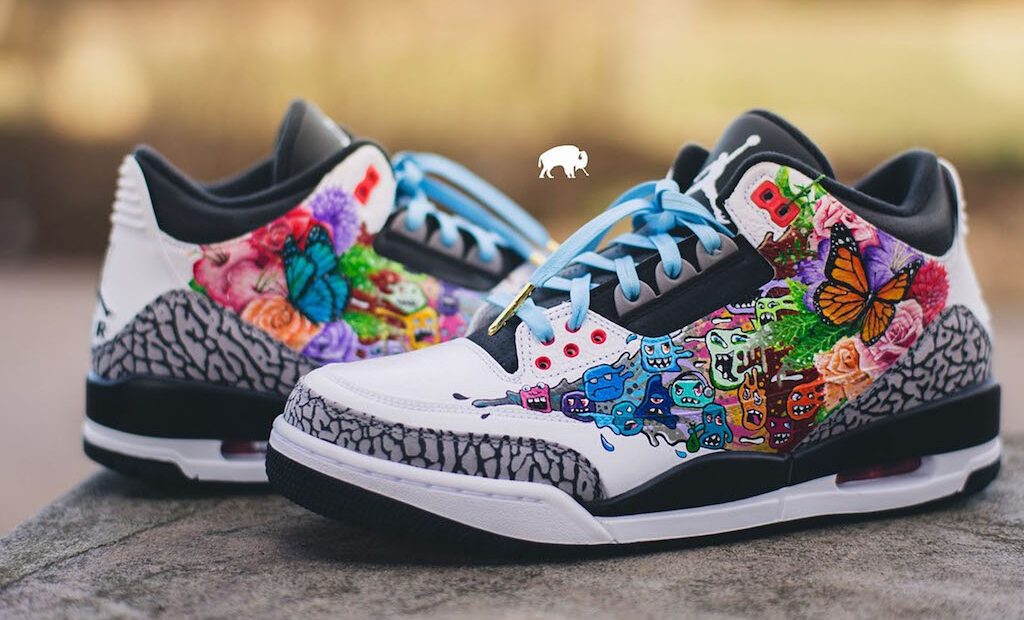
For anyone craving something vibrant and custom-made for spring, but with a budget that isn’t going to cut it, shoe dye is answer. Leather dyes offer permanent change to leather footwear or furniture to make them look fresh and new. In recent years, leather painting has become popular as a hobby. With paint, spray paint, acrylic paint or paint markers from brands such as Angelus, one can revitalise footwear for a completely unique result.
Supplies needed for shoe dye
- Leather deglazer and preparer
- Leather dye
- Shoe polish
- The pair of shoes ready to be revamped
- A few rags that can get dirty
- Masking tape
- Some cups
- Latex gloves
- Brush cleaner for oil or lacquer based paints
- Angled paint brushes
- Shoe polishing supplies like a horsehair brush and cloths
- Scraps of similar coloured leather.
The steps to perfect the shoe leather dye
- Preparing the leather: The first step is to remove the existing finish with Angelus Preparer or Acetone. For this, the laces must be removed, then it’s time to dab some of the preparer or Acetone on a clean cloth to rub off the colour. If a lot of colour is coming out, it’s time to flip the cloth to expose the clean part to prevent spreading the colour around. It’s important to remember to use masking tape on those areas that do not need to be dyed. After this step, the leather will look dull.
- Testing the colours: Next, it’s time to test the dyes on scraps of similar coloured leather or hidden parts of the shoes to select the right colour. It’s worth keeping in mind that multiple coats, reconditioning and polishing will only darken the colour.
- The dyeing part: Before starting, it’s essential to read the manufacturer’s instructions first and know that some brushstrokes will be left behind. It’s best to keep the brush wet and use a long, consistent stroke. It’s easy to blend colours to make the dye. When using light-coloured Angelus paint for a lighter shoe, it’s a good idea to use an Angelus dye thinner to make a thinner coat. The dye dries instantly but it’s best to wait 20 minutes before removing any masking tape.
- Finishing the work: The shoe dye and the finish stripper dries out the leather, so the dried surface needs to be protected with Angelus acrylic finisher or, for a natural wax finish, polishes or conditioner for a stronger shine. Designers should for neutral polishes and test them on the scraps of leather. The first layer takes off a little bit of dye, so it’s best to rotate the clean cloth around and wait for the polish to dry then brush the shoe using a horsehair brush. The shoe should be set aside for 24 hours and brushed again. To enjoy everlasting gloss and colour, shoes should be re-polished and conditioned occasionally, dry brush after each wear. Cleanliness is the way to preserve the longevity of leather shoe dye.
Conclusion
It’s hard to bid goodbye to a favourite pair of shoes if the shoe dye has become dull or even when they are falling apart. Leather paint provides a solution, and there’s a wide range available from Angelus paint and leather dye to DIY revitalise and recondition shoes at home.
The editorial unit


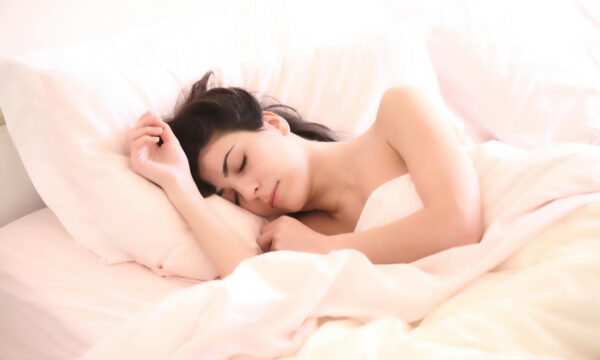
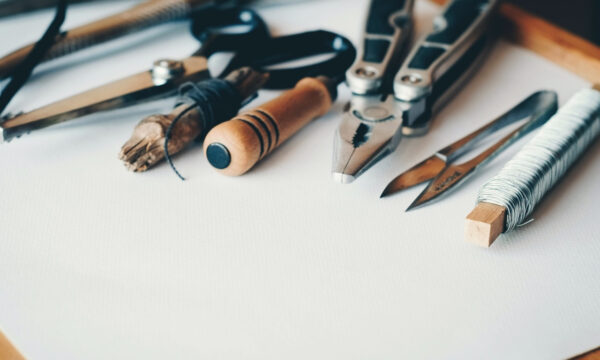

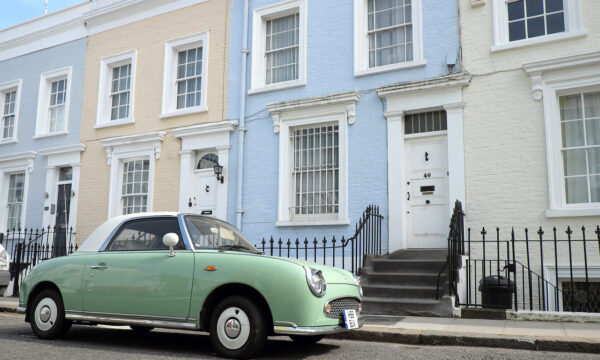


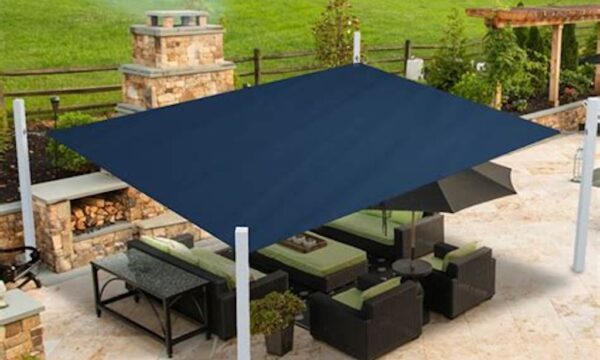
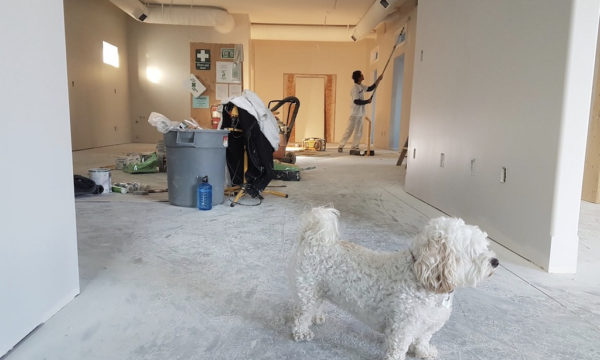













Facebook
Twitter
Instagram
YouTube
RSS